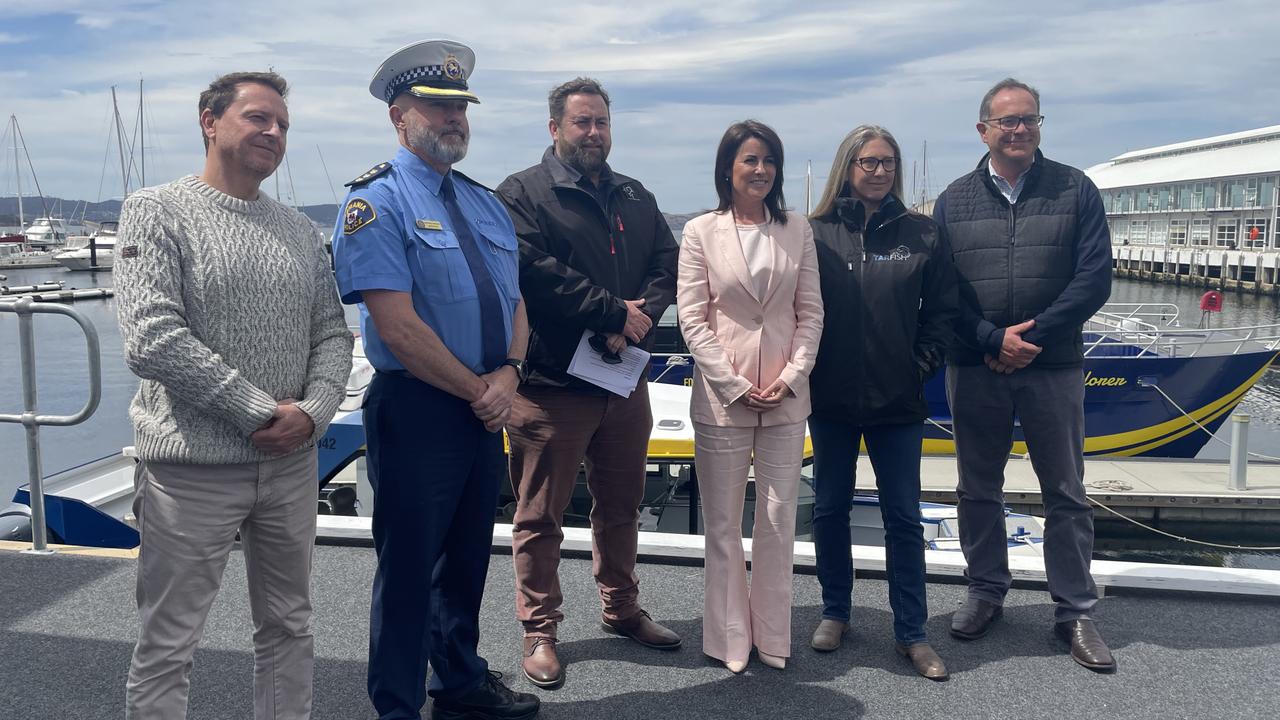Tasmanian sand flathead have been classed as depleted since late last year
The state government has announced drastic cuts to flathead bag limits, and a ban on commercial fishing in a bid to protect the fishery from collapse. What changes are coming.

Tasmanian recreational sand flathead bag limits will be slashed and commercial fishing banned under drastic action to protect the iconic fishery from collapse.
Under changes to take effect from November 1, recreational bag limits will be changed as follows:
> The bag limit cut from 10 to two in the D’Entrecasteaux Channel, Derwent River and Norfolk and Fredrick Henry Bays
> The bag limit cut from 10 to five on the East Coast
> A 10 fish bag limit in all other state waters.
> The minimum size for sand flathead increased to 35cm
There will also be a total ban on all commercial take of sand flathead by any method in all state waters.

Primary Industries and Water Minister Jo Palmer said the significant changes followed clear scientific advice that the species was depleted.
“This is a decision that’s been thought through very carefully. I understand how hard this will be for some people,” Ms Palmer said.
“Science has given us a really clear waning that we have to pull back on what we are taking from the water if we want to have a healthy, thriving sustainable fishery for our children, our grandchildren and generations to come.
“This science was presented to us at the end of last year. Upon receiving that science we embarked on a huge program of consultation right across Tasmania.”
The Department of Natural Resources and Environment Tasmania’s latest report on sand flathead says recreational fishers catch around 98 per cent of all sand flathead in Tasmania.
The remaining 2 per cent are caught by commercial fishers.
The recreational catch estimate is based on Institute of Marine and Antarctic Studies data which has been collected since 2012.
Sampling is taken at eight sites with a range of scientific methods used.
IMAS fisheries and aquaculture professor Sean Tracey said sand flathead had been the most popular recreational fishing species for many decades.

“This popularity is part of the problem now where we’ve seen the stock move to a depleted state. What we are seeing the fisher mortality, or the rate at which the fish are taken by fishers, is about four times that of the natural mortality of the species. Which has led to the biomass reducing,” Professor Tracey said.
The sand flathead biomass in Tasmanian waters is now estimated to be less than 20 per cent of its natural volume.
Professor Tracey said the “fairly significant” bag and size limits would allow the species to recover in coming years.
IMAS has received $4m funding to monitor the impact of the new limits.
Tasmanian Association for Recreational Fishing CEO Jane Gallichan said her organisation had spoken to hundreds of fishers across the state about the status of the sand flathead.
Ms Gallichan said the majority of fishers recognised the importance of a sustainable fishery for future generations.
“Today’s decision on sand flathead is a tough one. That said it would be even tougher without the compelling arguments we put to the minister,” Ms Gallichan said.
“I don’t think there is any benefit lamenting on how we got here, what we need to do is focus on how we fix it. There is always going to be a range of views around recreational fishers, there’s over 100,000 of us in Tasmania alone.”




